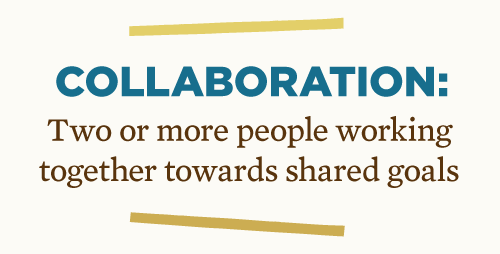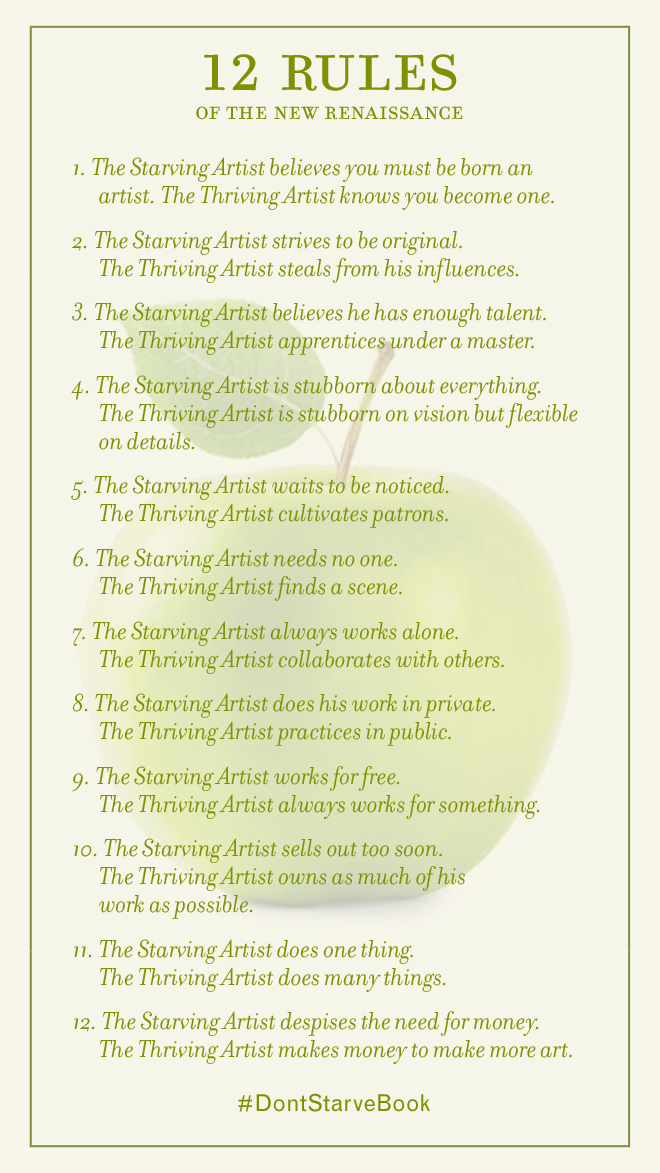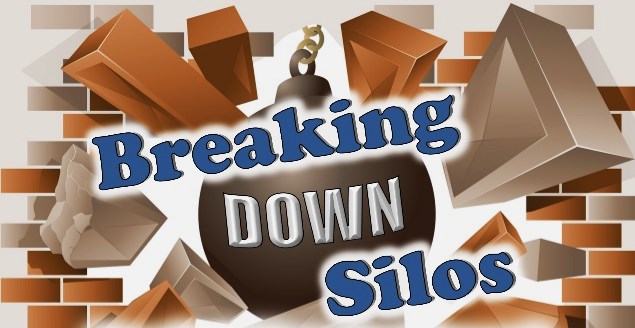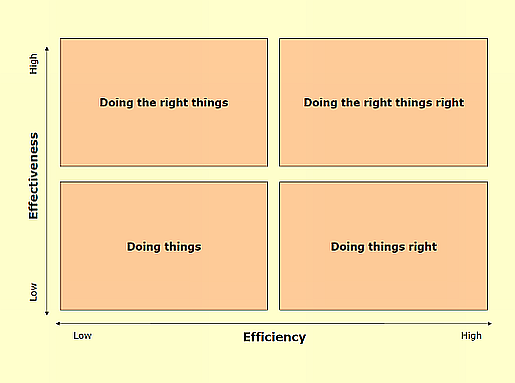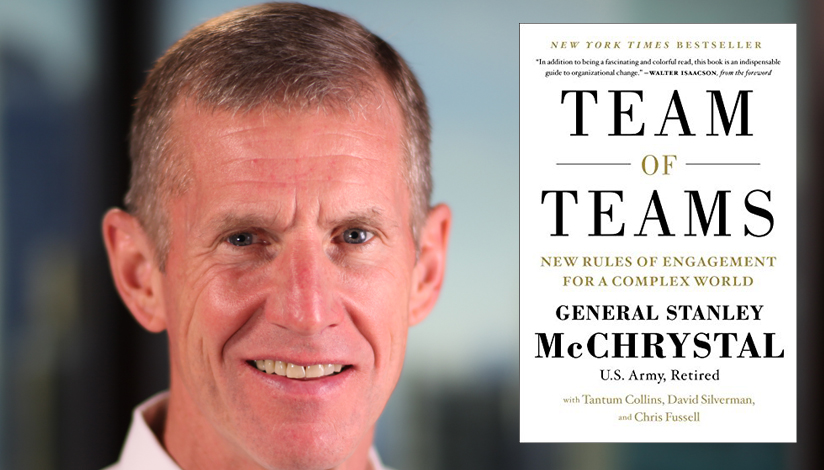 Photo Credit: Deseret News
Photo Credit: Deseret News
[Adapted from the Archives]
Let’s glory for a moment at the dawn of hope that is Christ Jesus:
In the beginning was the Word, and the Word was with God, and the Word was God. 2 He was in the beginning with God. 3 All things were made through him, and without him was not any thing made that was made. 4 In him was life, and the life was the light of men. 5 The light shines in the darkness, and the darkness has not overcome it. – John 1:1-5
For to us a child is born, to us a son is given; and the government shall be upon his shoulder, and his name shall be called Wonderful Counselor, Mighty God, Everlasting Father, Prince of Peace. – Isaiah 9:6
…and rejoice in what is possible for us to have with each other, in Him and through Him:
“A new commandment I give to you, that you love one another: just as I have loved you, you also are to love one another. By this all people will know that you are my disciples, if you have love for one another.” – John 13:34-35
“I do not ask for these only, but also for those who will believe in me through their word, 21 that they may all be one, just as you, Father, are in me, and I in you, that they also may be in us, so that the world may believe that you have sent me. 22 The glory that you have given me I have given to them, that they may be one even as we are one, 23 I in them and you in me, that they may become perfectly one, so that the world may know that you sent me and loved them even as you loved me.“ – John 17:20-23
The world feels more dark than usual right now…with COVID and the great divides between people. How glorious that a Light pierces that darkness! That a Love so utterly other gathers us to Himself and to each other such that we can bring His light into the darkest of places and the unlikeliest of situations.
One of the great treats of the long cold month of December (being the Northern Hemisphere here) is the music. There is so much joy in all the Christmas-related music that lights up our lives and warms our hearts.
December Song by Peter Hollens is a sweet example of that music.
[Sidebar: Peter Hollens is a master at bringing people together to create something beautiful. In fact, how he first came to my attention was through a music competition. …he would collaborate with the winner on a future project. Nathan (of Beyond the Guitar) submitted a cover of December Song. He was one of 600 contestants in the competition. Although he didn’t win, he landed in the top 17.]
Besides the beauty of Hollens’ music, his inclusion of others and his joyful exuberance are so winsome. December Song is a celebration of the Christmas message of “peace on earth, good will toward all”. It also expresses the longing for that to continue past this season…this season of Christmas.
Peter Hollens, in his own way, tends that desire through his many collaborations…lavishing love on and delight in others through the medium of music.
At Christmastime, we celebrate the Lord Jesus who came near to us and brought His life, light, and love. He shows the way for us to love each other well…even when we are so different. Even when our flesh cries out to be divided from each other. Even when a pandemic separates us. He is for us and will move us to creative ways to love even in the hard…because He does that.
As we seek to follow Jesus and surrender our wills to His, we can be confident that His peace and His joy need not change with the seasons.
Let’s worship together with this song…until we can fully worship together – unified as God calls us to be.
In December,
We give our gifts
Wishing well to our world,
Peace on Earth to everyone.
A time to be joyful
When all is calm and all is bright
But why?
Does it change with the seasons?
And why can’t we just hold on?
To silent nights,
Holy nights and angels singing lullabies,
And Heaven and nature, singing good will to all…
To all…
There are times
I can remember with family and friends the light of Christmas
Radiates
Lights of my memories
The magic of love
We made time
But why?
Does it change with the seasons?
And why can’t we just hold on?
To silent nights,
Holy nights and angels singing lullabies
And Heaven and nature, singing good will to all…
To all…
O, come let us adore him
O, come let us adore him
O, come let us adore him
O, Night Divine
(Night divine!)
And those silent nights,
Holy nights and angels singing lullabies,
And Heaven and nature singing good will to all…
To all…
To all
And those silent nights,
Holy nights and angels singing lullabies,
And Heaven and nature singing good will to all…
To all…
To all…* Photo Credit: Pinterest
Photo Credit: Pinterest
“to Silent Nights
Holy Nights
And Angels Singing
Lullabies and
Heaven and Nature
Singing Good Will To All… To All”*
*Lyrics by Peter Hollens and Anna Gilbert (lyric video)
Hollens Family Christmas Album
December Song arranged by Nathan Mills, Beyond the Guitar













